 Pesticide residue detector
Pesticide residue detector
 Veterinary drug residue detector
Veterinary drug residue detector
 Food safety detector
Food safety detector
 Food additive detector
Food additive detector
 Bacterial and microbiological detector
Bacterial and microbiological detector
 Food pre-treatment integrated machine
Food pre-treatment integrated machine
 Soil and fertilizer nutrient detector
Soil and fertilizer nutrient detector
 Plant Physiology Detector
Plant Physiology Detector
 Water quality detector
Water quality detector
 Meteorological monitoring station
Meteorological monitoring station
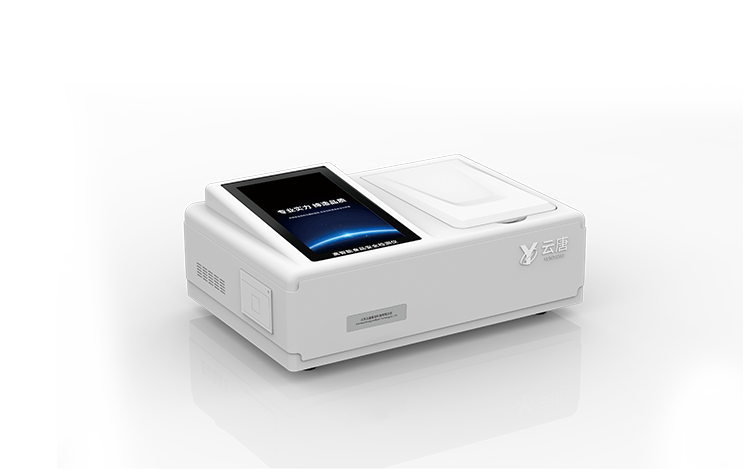
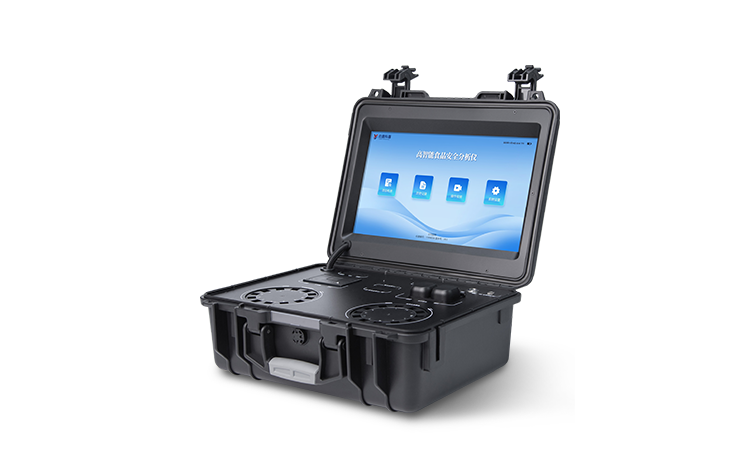
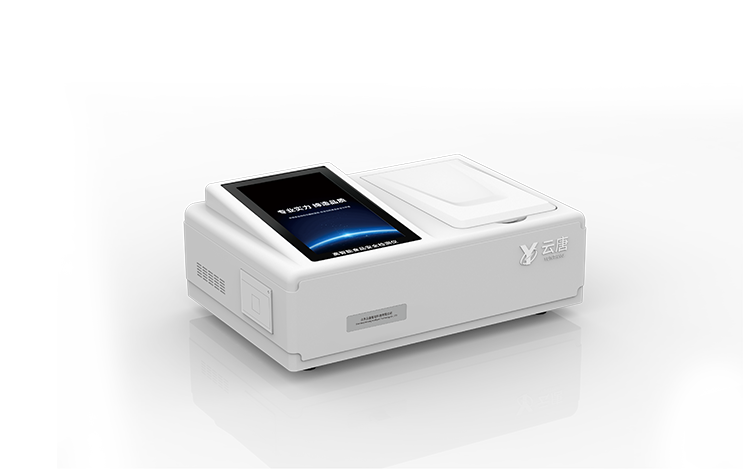
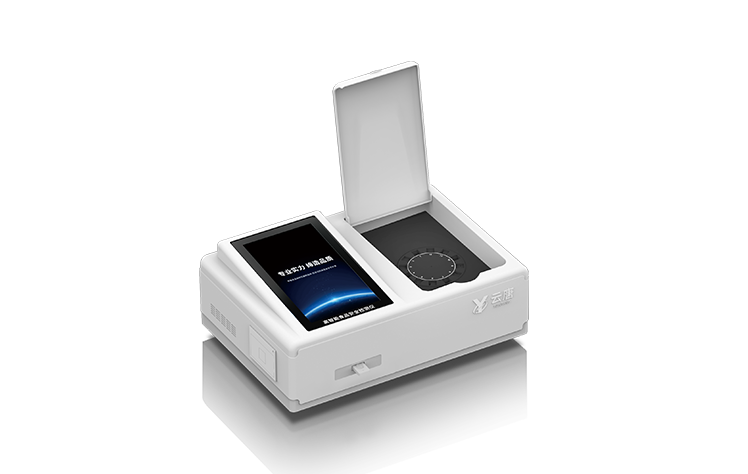
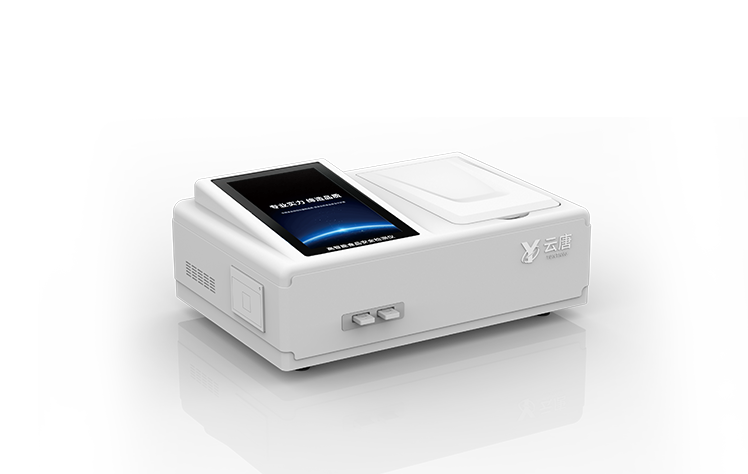
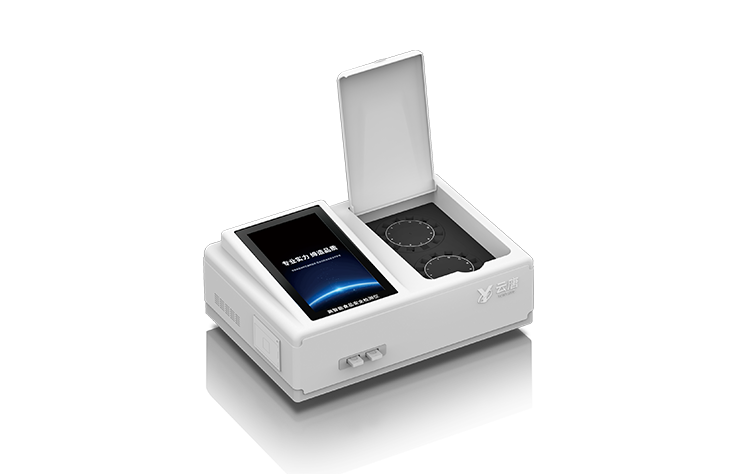
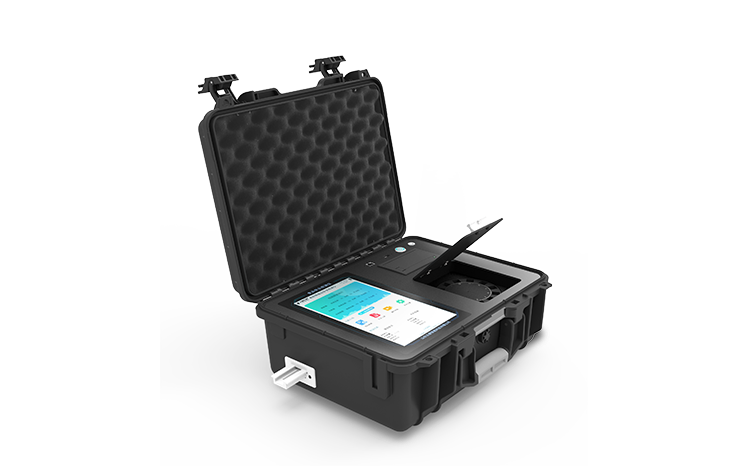
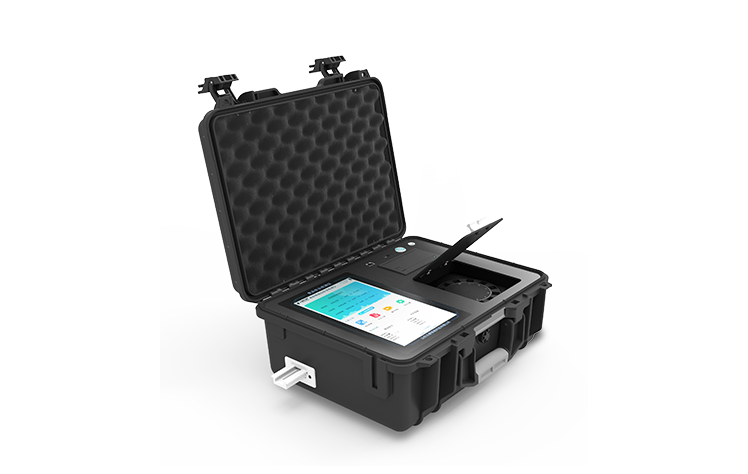
Organic phosphorus pesticides are widely used pesticides that can effectively control pests and pathogens on crops. However, due to their chemical properties and toxicity, organic phosphorus pesticides can also pose potential hazards to human health and the environment. Therefore, in order to ensure food safety, countries have established national testing standards for organic phosphorus pesticide residues. The National Food Safety Standard of China (GB2763-2019) specifies the maximum residue limit for organophosphorus pesticides in food. This standard lists the maximum residue limits (MRLs) for 79 organophosphorus pesticides and their metabolites. And segmented according to different foods and food categories.
Standard for residual detection of organophosphorus pesticides
1、 Sampling and processing of samples
The sampling of samples should comply with the provisions of GB/T 5009.85-2003 "General Methods for Analysis of Pesticide Residues in Food". Normally, samples should be taken from contaminated areas or food directly in contact with pesticides to ensure their representativeness.
After sampling, food samples should be promptly sent to qualified testing institutions for processing and testing. Testing institutions should establish a comprehensive quality management system to ensure the accuracy and reliability of testing results.
2、 The maximum limit of organic phosphorus pesticide residues
Chlorpyrifos: 0.02 (rice, wheat, corn and other grains), 0.5 (meat and its products), 0.1 (non rhizomatic vegetables such as vegetables and fruits)
Lego: Not detectable (all types of food). These maximum limit values are subdivided based on different foods and food categories, aiming to protect consumers from the hazards of excessive pesticide residues.
In addition to these specific values, attention should also be paid to the following:
1. For substances that contain almost no moisture, such as pet food and feed, the maximum limit of organic phosphorus pesticide residues should be calculated based on dry weight, except in exceptional circumstances.
2. In appropriate circumstances, detection methods should be used as much as possible to detect metabolites instead of the original pesticide. In principle, metabolite detection is superior to the original pesticide.
3、 Detection methods and precautions for residual organic phosphorus pesticides
There are various detection methods for organophosphorus pesticide residues, including gas chromatography-mass spectrometry (GC-MS), high-performance liquid chromatography-mass spectrometry (HPLC-MS/MS), gas chromatography-capillary electrophoresis (GC-CE), etc. The selection of testing methods should be based on specific sample types and testing requirements. During testing, the following precautions should be taken:
1. Based on the actual situation of pesticide residues in food, priority should be given to selecting corresponding fixed methods for detection. Generally, methods beyond the standard should not be used.
2. The pesticide residue detection method should meet the requirements of standards such as GB 23200.11-2018 "Detection of Pesticide Residues in Food - High Performance Liquid Chromatography Mass Spectrometry".
3. The detection of organophosphorus pesticide residues should cover all organophosphorus pesticides and their metabolites used in food samples.
4. For areas where there is public evidence indicating special attention to certain components, the level of attention to these components should be increased and stricter testing measures should be taken.
5. For samples with unsatisfactory pesticide residue detection results, measures should be taken in accordance with relevant requirements, such as prohibiting sales, investigating illegal activities, etc.
Detection methods and precautions for residual organic phosphorus pesticides
During testing, the accuracy and stability of pesticide residue detection instruments should be ensured, and corresponding quality control measures should be taken, such as the use of reference materials, analysis of quality control samples, cross validation within the laboratory, and so on. In practical applications, the national detection standards for organic phosphorus pesticide residues should be combined with actual situations, and comprehensive and targeted detection measures should be taken to ensure food safety and consumer health.

High precision pesticide residue detector
2024-04-02 1065
1065
Food comprehensive analyzer
2022-12-20 1047
1047
Rotary food safety detector (without gold label)
2022-03-04 1270
1270
Rotating food safety detector (single gold standard)
2022-03-01 1050
1050
Rotary food safety detector (double gold label)
2022-02-25 905
905
Rotating food safety detector (three gold standard)
2022-02-25 4090
4090
Rotary food safety detector (box type 8-channel)
2022-03-01 852
852
Rotary food safety detector (box type 12 channel)
2022-02-25 900
900WeChat:+86 17865361250
WhatsApp:+86 18866361895
Email:yuntangzhineng@foxmail.com
Copyright @ 2019-2022 Shandong Yuntang Intelligent Technology Co., Ltd All Rights Reserved. Copyright Source manufacturer of pesticide residue detector, food detector, bacteria detector
 WeChat
WeChat








TOP
 Leave us a message
Leave us a message